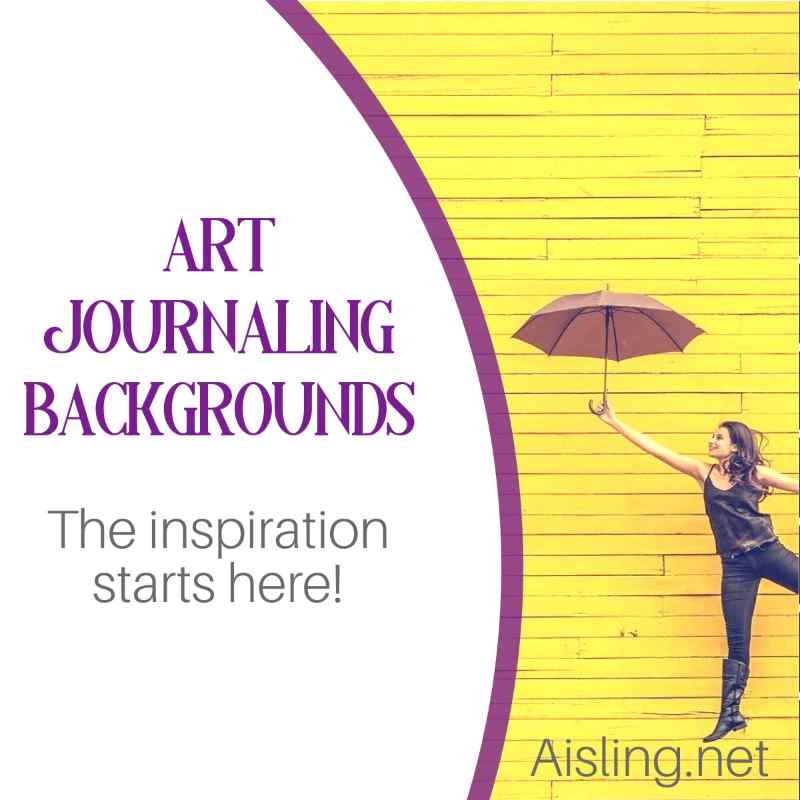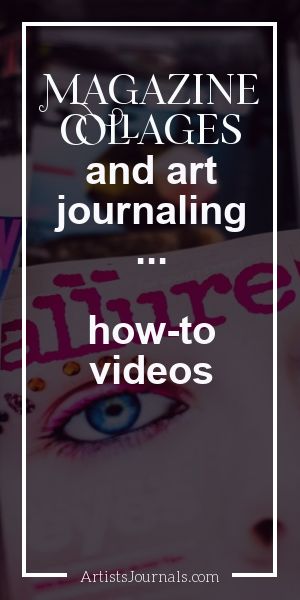Art Journaling Backgrounds – The Excitement Starts Here!
Does your art journal begin with a background? Do those colors and mood spark your creativity? Ooh, take a look at what others are doing… For many of us, background colors and textures inform everything else we do with the page. These artists videos are short and fun and… wow! The first is by Purdy […]
Art Journaling Backgrounds – The Excitement Starts Here! Read More »




